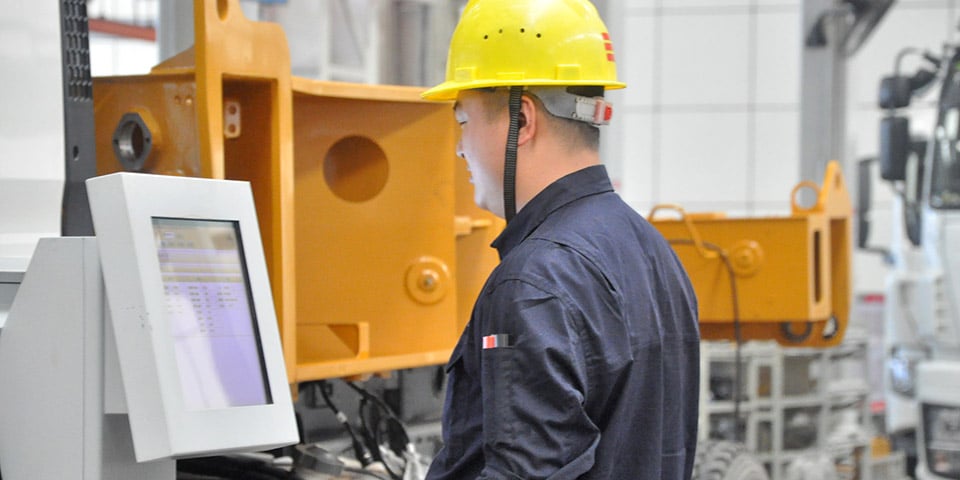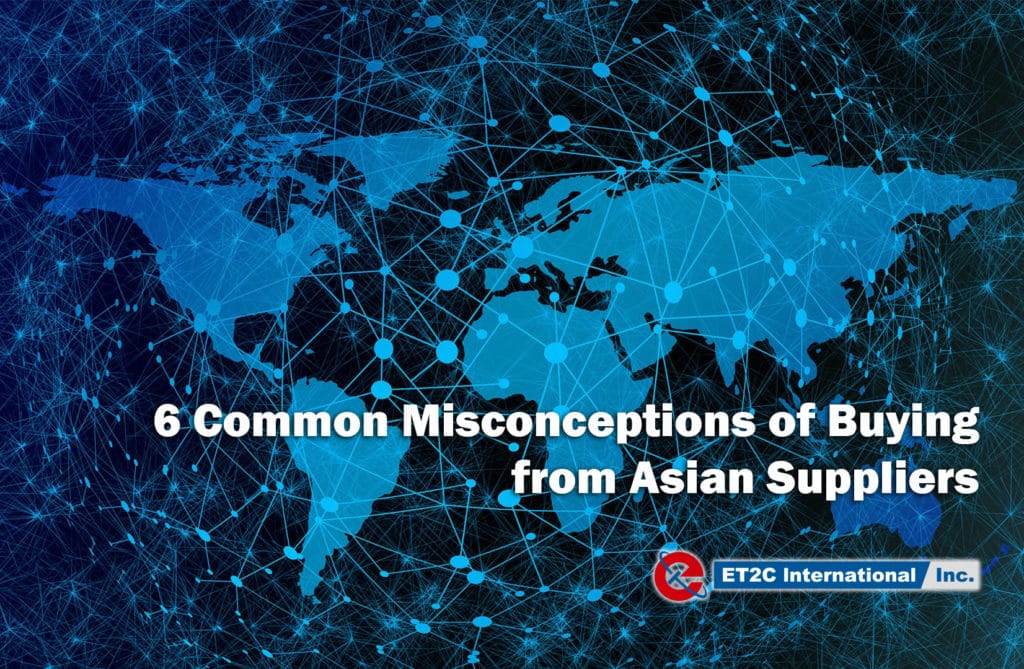Asia, led by China over the past two decades, has long been one of the greatest centers for trade. From the ancient days of the Silk Road to the modern mega-cities of Guangdong, Shanghai , Delhi, Ho Chi Minh City, Bangalore, Hong Kong, Dhaka to name a few throughout many points in its history, stood out as a home of commerce. However, this does not mean that one should just wade into Asia’s manufacturing sector. The region covers two thirds of the world’s population mixed together with a variety of cultures, languages and political mindsets. The region is a dynamic hub but there is complexity at every turn and understanding what these are at a granular level and how they may impact your supply chain is key to unlocking the vast opportunity that this part of the world presents.
Fortunately, many of these issues can be addressed with some local experience on the ground. The internet revolution has added an enormous upside to how business can be conducted and reduced global expanses to the press of a button at a computer in someone’s home. But with that, people and businesses have assumed that just as it is easy to find a supplier, it is easy to manage the supplier remotely. As a starting point, it is worthwhile to first dispel some of the myths that exist on doing business in this part of the world.
Myth 1: I Can Manage Everything from Overseas
If you were buying from a manufacturer down the road from your home, and were committing considerable working capital in purchasing products or investing in tooling, there is little doubt that you would make sure you had visibility of what was going on at the plant, likely frequenting the site at numerous points during the production. The same should be the case with Asian manufacturers, but too often we see companies managing at arm’s length; different time zones, different language, different culture – what could possibly go wrong?
There is little doubt that any dollar committed to the purchase of the manufacture of products should be carefully managed and looked after. Having some kind of local oversight is vital to making this happen. It allows issues to be identified and addressed when they should be. All because the internet suggests that the factory is a good one, does not mean that your production will necessarily be what you need it to be.
Myth 2: Suppliers are Easy to Find
There is no doubt that sites like Alibaba make connecting with suppliers easier (and that is a good thing!). But that does not mean that these factories are necessarily the best suited to manufacture your products, such as manufacturing capability, market experience, access to certain raw materials, ability to export, size of the business, financial health, location, IP to name just a few.
The key point is developing a sustainable partnership in the truest sense of the word. Selecting the right supplier means, particularly in Asia, having face to face meetings, seeing the site and understand why this company and location is best suited to your needs. We would suggest that going one step further as part of the due diligence process and taking an ‘under-the-hood’ approach can identify any potential issues beyond simply the manufacturing aspect.
Myth 3: Quality and Consistency Will Remain Constant

Never underestimate the importance of quality assurance and control as an integral part of a production process. Identifying the risks of a production within a critical path should be discussed internally and with the factory from a product perspective and then a quality program implemented to address any of these.
We find that engaging in this arena with the supplier (again at a local level) is the most productive way of managing quality. It should be a continuous improvement process and to the extent that the quality piece is adopted by the factory and all the staff, you essentially have multiple QC inspectors throughout the complete manufacturing process. Again, it should be a partnership.
Myth 4: I can Always Count on My Goods to arrive in a Timely Manner

Any production will always have issues and being able to address these in a timely manner is what is key to hitting delivery deadlines. A key component of this comes down to the supplier relationship – albeit the different Asian cultures will also present unique challenges – and the communication channels. We always say a problem is not a problem if it is identified early and can be addressed even if it is the acknowledgement that there is a likely delay to a production because of something unforeseen at least knowing 4 weeks in advance, it is possible to look for solutions on the freight forwarding side or perhaps even update clients, who may be able to look at different delivery windows, just as an example.
It should be recognized though that Asia, and China in particular, have become very good at delivering against the impossible where required. That said, if you do get a cascade of ‘’Mei WenTi”s in response to a complex product matter or a particularly tight deadline, we would urge you to dig a little deeper!
China is leading the world on trade, but its macro-environment is extremely complex which makes it difficult to navigate alone.
Myth 5: I Can Set Up an Asian Office
A local presence is certainly a step in the right direction where there is scale and an internal capability at company level to manage this. There are a variety of locations around Asia that are well suited depending on your supplier hubs and specific regions that both suit your local market and your product manufacture.
Just be aware that this does come at a considerable cost and there will be an investment required that may be difficult to actually recover. Often professional services firms will give a simple overview of the ease of establishing an entity in Asia (we have seen this many times) but the reality is markedly different. We know this because we operate across multiple Asian markets.
There is a complexity every which way you turn from simple points around different language to the legal status of legal representatives (personally) through to transfer pricing and the management of Fapiaos (Chinese invoices). The point is that from a Sourcing perspective, should a company be investing capital in setting up an entity based on scale and also the current fluidity present in the Asian manufacturing base. There are lots of other options that may be more cost effective and reduce the level of risk that a company takes on. Do not get distracted from the main event; the management of your Supply Chain.

Myth 6: I can Buy from Asia at Arm’s Length
There has never been a time where partnership has been more important. It truly is the single most important aspect of sourcing from Asia, in our opinion, in this current climate. The ability to have a company that truly partners and buys in to your plans, understands your needs and actually invests in their own facility to be able to deliver is essential.
As partners, the factories or suppliers need to be treated fairly. There is simply no point in continually knocking down prices year on year, as we have seen and experienced before. That’s not to say that one should not be commercial, but it is around paying them fairly, committing over a period of time and giving visibility of what they should expect. In this relationship, the supplier will have clear sight of what they need to do, perhaps what capability they need to develop and have the funds to do so. Where a supplier is struggling to make ends meet, then this will increase the risk of quality issues arising through sub-contracting or cheaper raw materials, or a lack of interest in dealing with the orders or not following through on the Sustainability Code of Conduct that you agreed and implemented earlier in the year.
Ultimately, paying a little bit more now, will go a long way over the medium term.
Summary
There is nothing complex about any of the above points. It is just necessary to take a view about how best to manage at a local level your suppliers. There are a range of options available and picking the right one will be the difference between a good year or a bad one. There is always going to be risk when you are purchasing from foreign suppliers. Think about how best to manage this.

The key points are visibility of production and developing those partnerships either directly or via third party service providers.
We, at ET2C, are well placed to have discussions with you about your current supply chain across Asia (offices in China, Vietnam, Hong Kong and India currently) and whether we are best suited to help you. Give us a call or drop us an email.


